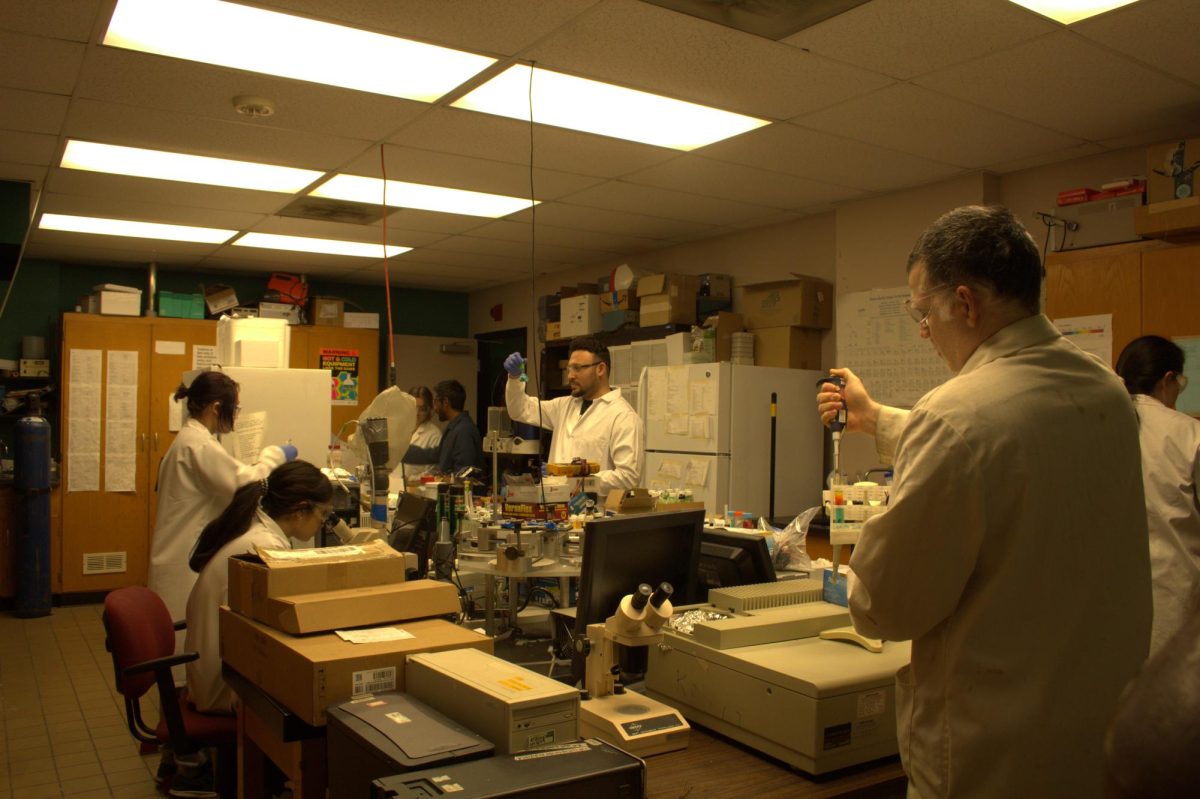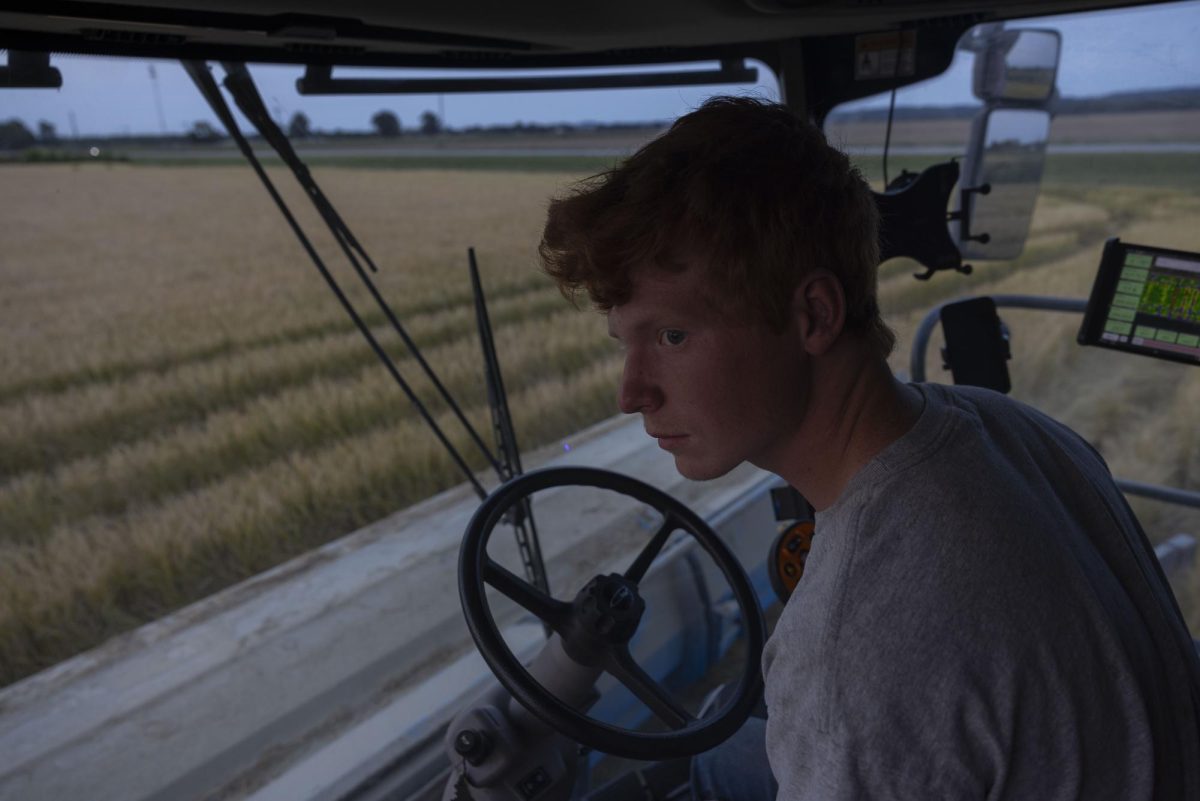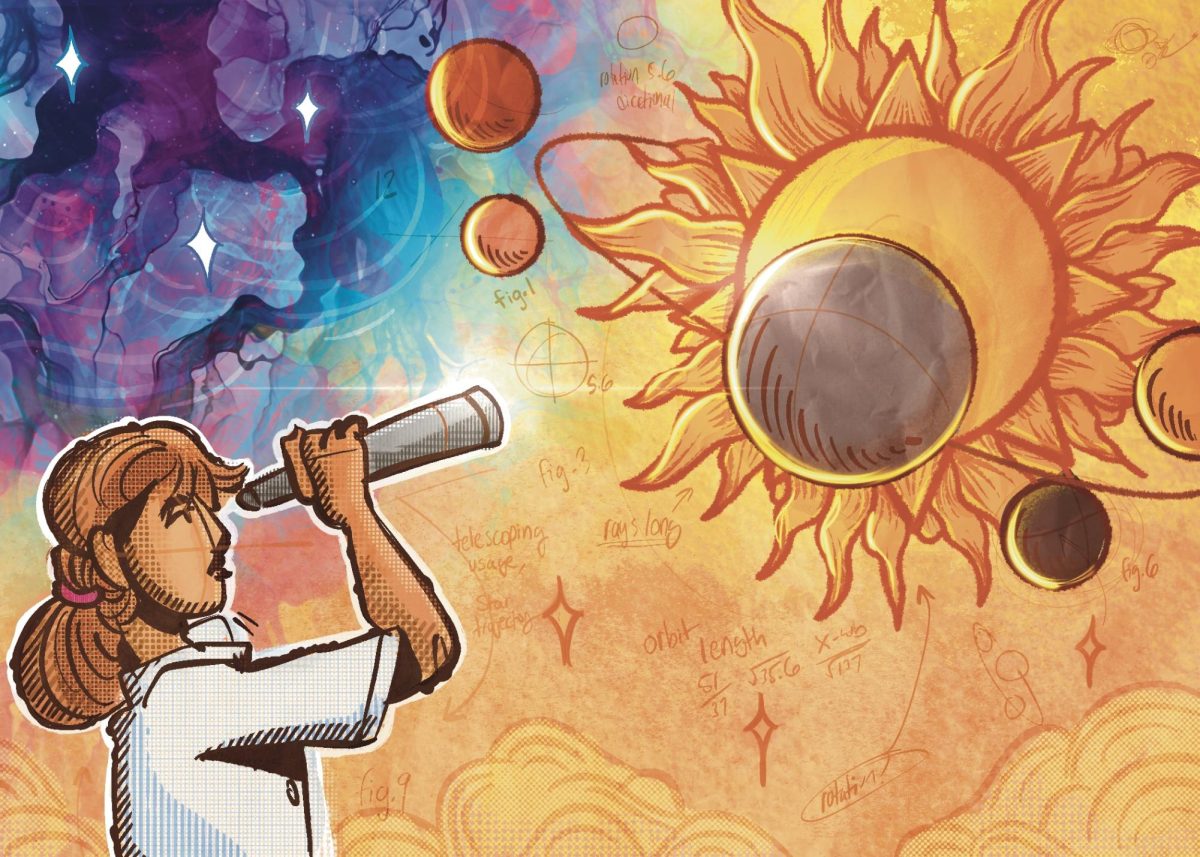Humans are born with two fears: loud sounds and heights. Fear of the unknown comes later. Most people become inherently afraid of creepy crawlies like spiders and insects due to not understanding them. The Rend Lake Environmental Science series is looking to help change that.
“It’s been a decade, at least, since we started this program and showed live animals to the public,” Breanna Whitley, Natural Resources Specialist and SIU alumni, said.
She said what motivates her most is the impact the school’s programs have.
Advertisement
“I get calls every day to do field trips and school visits because we’re a free resource and free resources just don’t really exist much now,” Whitley said.
The Rend Lake Environmental Science series has been working nonstop all summer to inform southern Illinois residents about various kinds of animals that simultaneously work in unison to help better our environment. On Sept. 2-3, the center collaborated with Sophia M. Sachs Butterfly House in Chesterfield, Missouri, to educate people about the amazing world of arthropods and insects and just how fascinating these small creatures can be.
This program, Amazing Arthropods and Interesting Insects, focused on the role that some of our smallest animal friends play in our ecosystem. There were three different areas that most of the bugs shown fall into to help keep our habitats in check: population control, pollination and nutrient cycling.
Each of these processes not only help other animals maintain a healthier lifestyle, but provide humans with vast amounts of natural resources that we consistently use day to day.
The curly haired tarantula was the first of three population control animals presented during the event. This furry arthropod, along with its other eight-legged siblings, are critical to maintaining the insect population. Without spiders, insect populations would grow exponentially and consume our food supply. The same can be said for scorpions, the second animal presented.
The next bug shown off to the crowd was a praying mantis, which similarly acts as insect population managers, but are also commonly involved in food webs where other insects, arthropods, or vertebrates consume them to maintain a healthy diet.
“Insect population control is necessary for the world we live in because without it, we might very well face a massive loss in food, and hey, who wants to have insects controlling us, right?” Chris Hartley, Butterfly House representative and science education coordinator, said.
Advertisement*
Pollination is another role insects play in the ecosystem. When considering the idea of pollination, many think of butterflies and bees as the most common insects that contribute to seed dispersal, but what you may not know is that beetles are also pollinators.
Not only that, but beetles are the largest order of insects to date and have hundreds of thousands of different species, all working together to pollinate and cycle nutrients throughout the environment. The rainbow leaf beetle falls in line with that idea and was shown off to the attendees on Sept. 3.
“These little guys can be responsible for over a hundred different seeds being dispersed in a habitat,” Hartley said.
The last major role insects can play in the ecosystem is nutrient cycling and decomposition. The giant millipede does both, acting as a decomposer for plant materials and cycling nutrients through the soil. Similarly, roaches can fulfill those tasks as well.
The Madagascar hissing cockroach was the last of the insects shown at Rend Lake and left many bugged out, but more appreciative of what the roaches can do, especially considering how helpful they are to some of the world’s favorite foods: ice cream.
“These roaches in particular help upkeep the soil [that] grass within farms is planted in, which is feasted on by cows, and given milk, but they also pollinate cocoa plants so that wonderful chocolate ice cream you might have had earlier is mostly possible because of the hissing cockroaches of Madagascar,” Hartley said.
Shelby Mitchell, SIU Forestry student and Rend Lake intern, said bringing such animals to the public is a rewarding experience.
“It’s something new every day here and that feeling you get helping teach kids about nature, showing them what there is to love about it is just what makes this place so unique,” she said.
Bugs are vital to maintaining life on Earth, and we have those little guys to thank for keeping us around. So next time you see a creepy crawler wandering around, remember that each and every one of them has a role to play that betters life on our planet.
Staff reporter and photographer Mo Collar can be reached at [email protected] or on Instagram @m0.alexander.
Advertisement



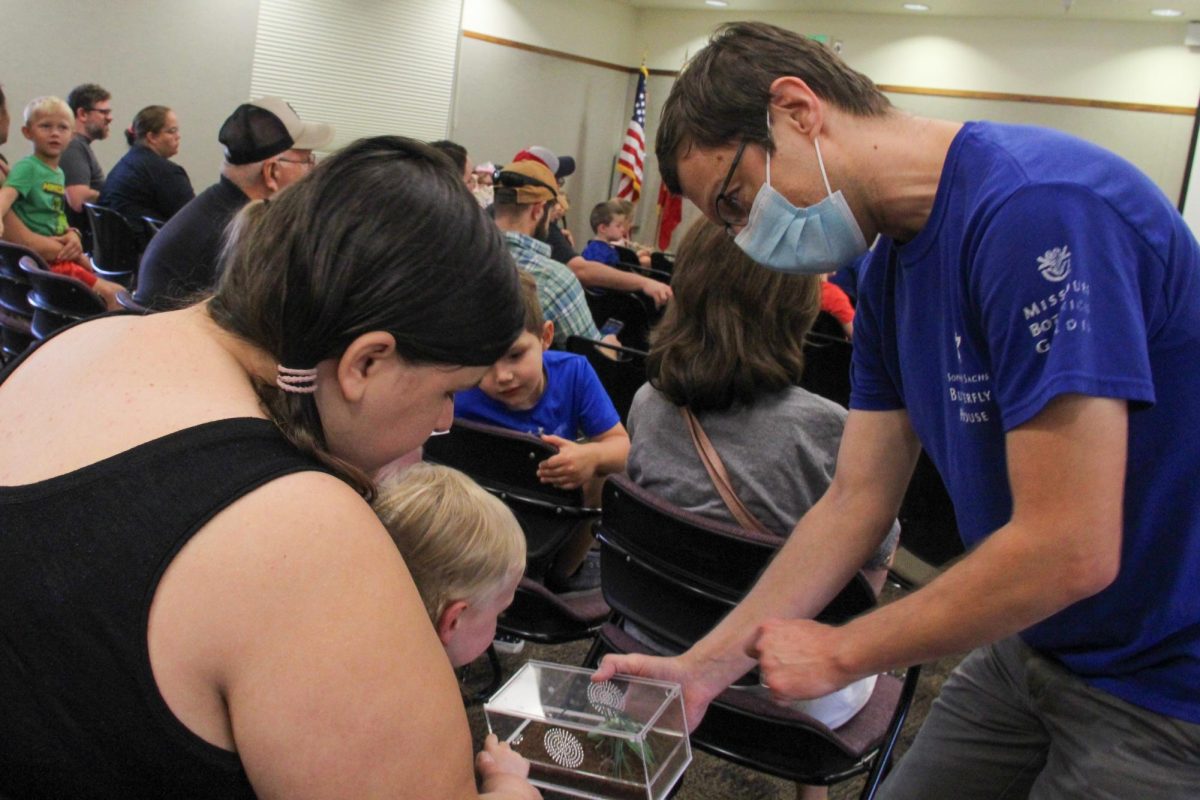

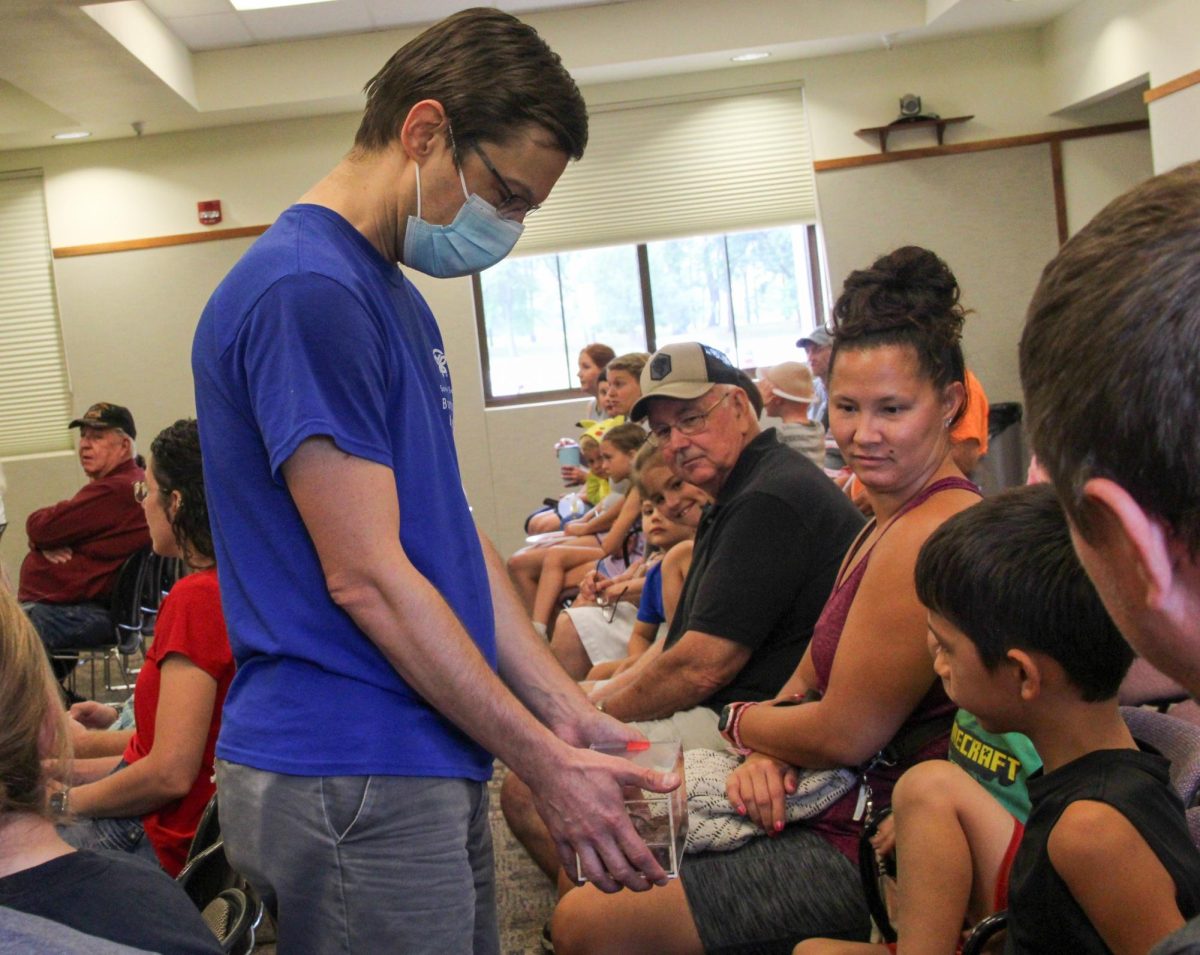
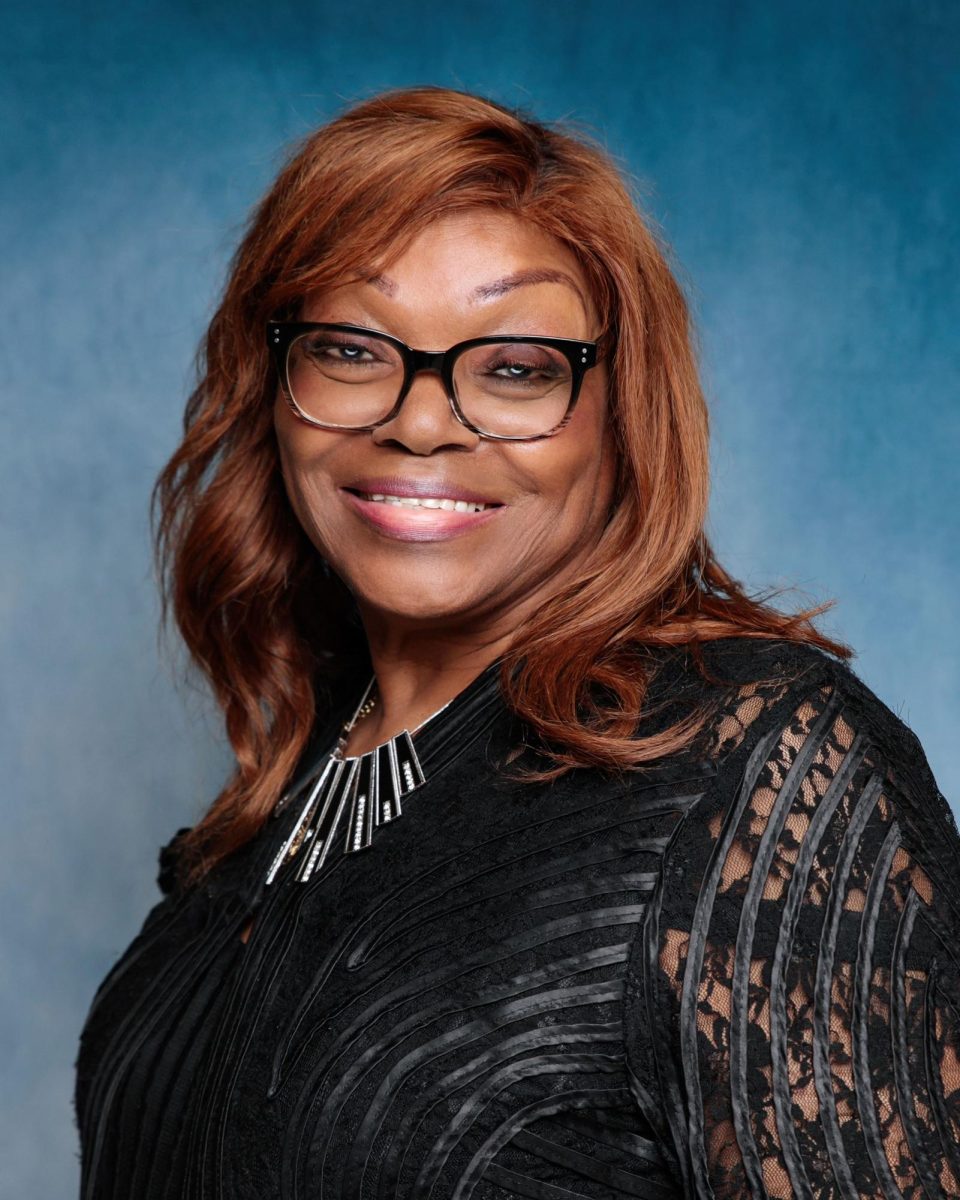


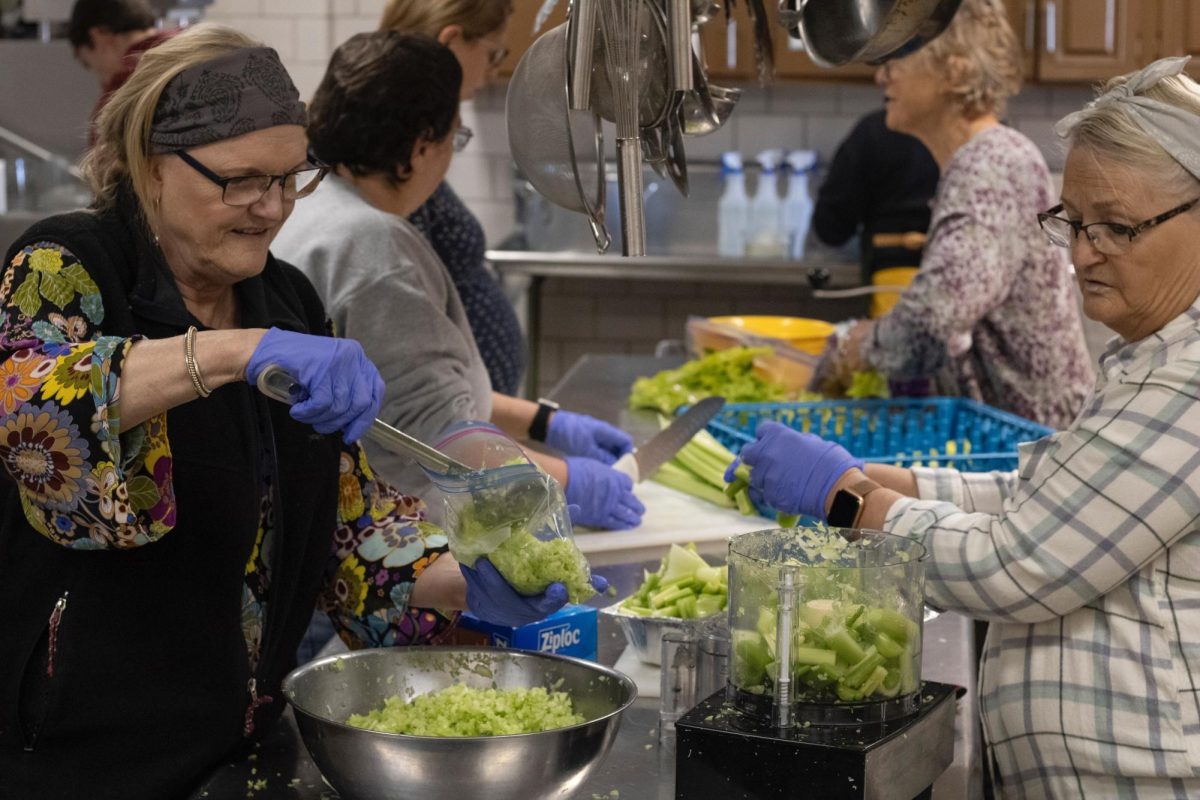





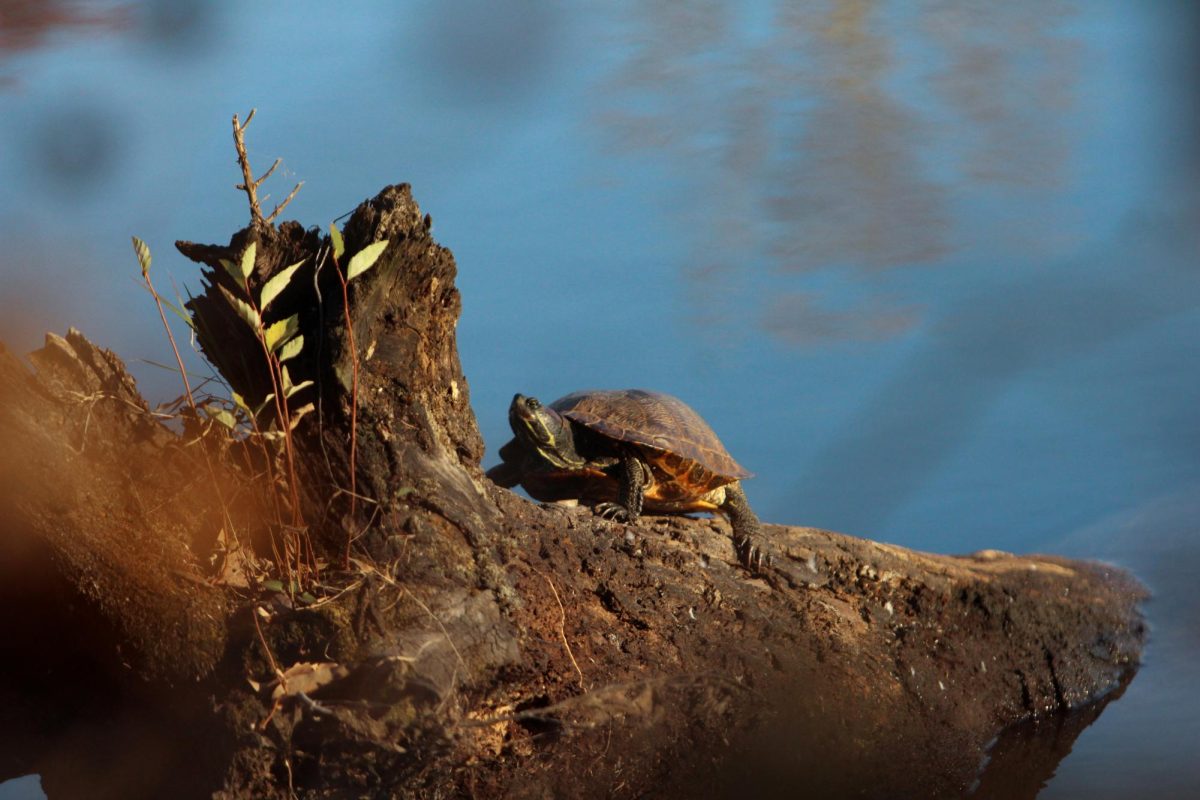
![Scott Hamilton, a part of the SIU research team, shows Zachary Gutenkauf and Jennifer Pierce supplies they will be using during their NASA research in the Life Science III building at SIU Nov. 8, 2021 in Carbondale, Illinois. “There are three phases to the overall competition Phase One is basically to show that your idea has merit. Phase Two is to show that all pieces of the idea work and construct each one [idea] and Phase Three is to integrate them into one continuous device,” professor in geology, Ken B. Anderson said.](https://dailyegyptian.com/wp-content/uploads/2021/11/NASAresearch3-900x710.jpg)

